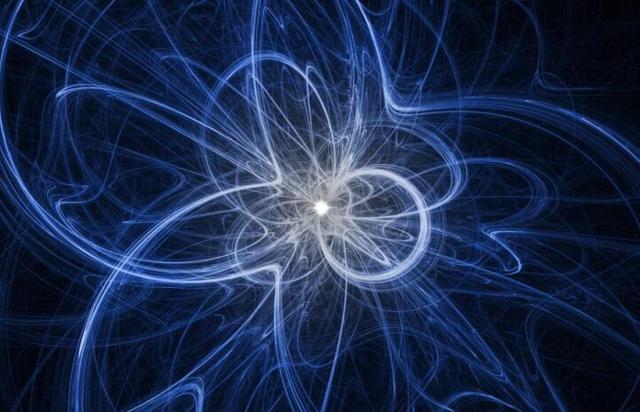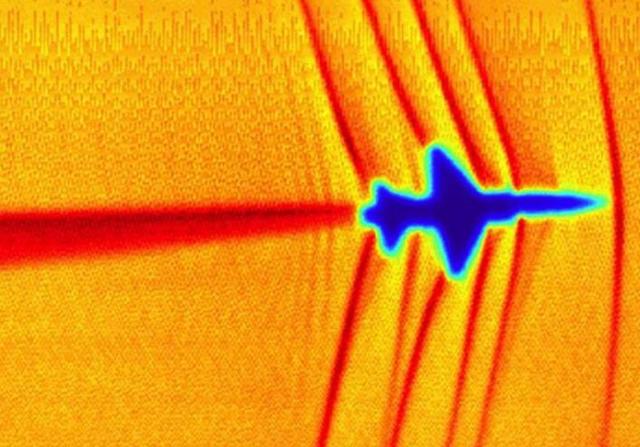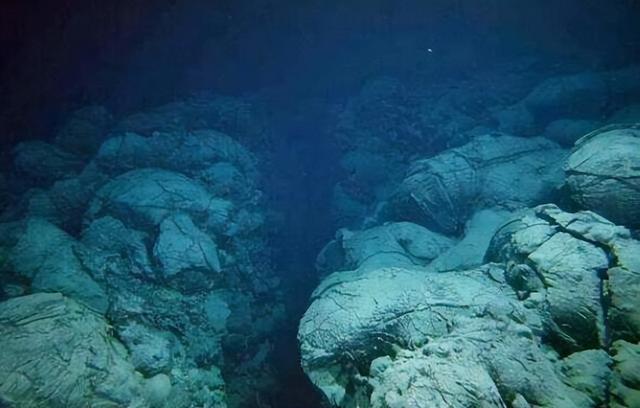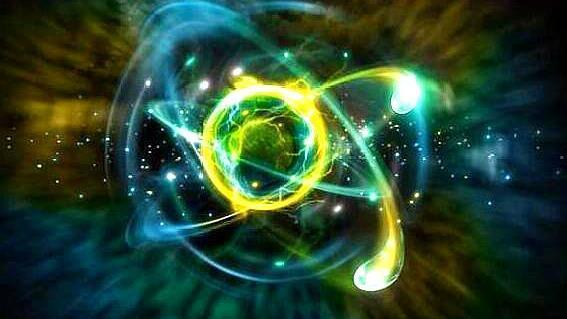Ultra-pure water is water that is very pure. Water with a resistivity of 18 megohm-cm (25°c) can be called ultra-pure water. Why is the purity of water related to resistivity? This is because water itself is a poor conductor of electricity, the less impurities in the water, the greater the resistivity and correspondingly the less its conductive properties.
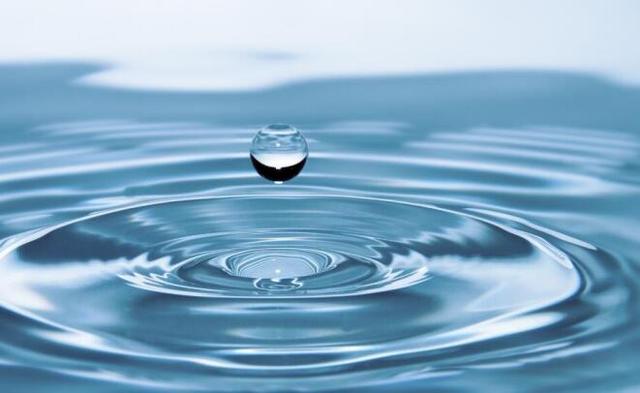
Although ultra-pure water does not exist in nature, humans can prepare it themselves. Generally speaking, ultra-pure water is prepared in very small quantities, but there are exceptions to everything, and scientists at the university of tokyo in japan have stored 50,000 tonnes of ultra-pure water underground. So what is their purpose? The answer is to detect neutrinos, the "Stealth particles" Of the universe.
How difficult is it to detect neutrinos?
Neutrinos are an elementary particle in the universe. They usually move at speeds very close to the speed of light, and neither the strong interaction force nor the electromagnetic force has any effect on neutrinos, and since the mass of neutrinos is extremely small (generally less than 1 part per million of the mass of an electron), the effect of gravity on them is almost zero.

The weak interaction force is effective for neutrinos, although this force acts at an extremely short distance (less than 10^-17 m), a range that is actually the quark level within the atomic nucleus. In simple terms, scientists can only detect neutrinos if they hit the quarks inside the nucleus directly, so what are the odds of this? Let's take a look at the data.
The atomic, quark and neutrino diameters are of the order of 10^-10 m, 10^-18 m and 10^-20 m respectively, which means that if a neutrino is scaled up to a small ball of 1 cm in diameter, then scaled up in the same way, the atom has a diameter of 100,000 km, while the quark at the centre of this atom has a diameter of 1 m.
The probability of a neutrino hitting a quark is ridiculously low, so most of the time, neutrinos pass right through the atom without us noticing them, which is why they are also known as "Stealth particles".
How can neutrinos be detected?
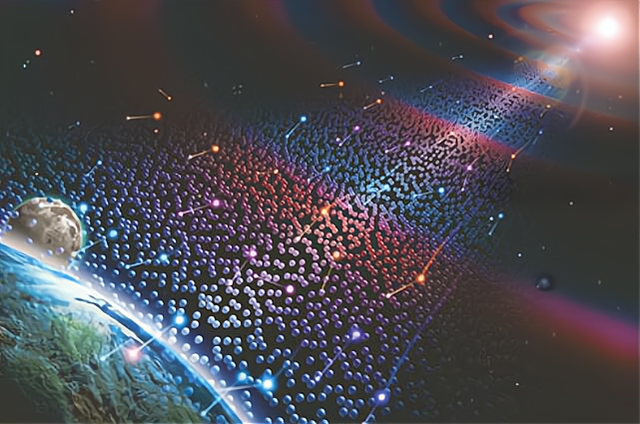
The number of neutrinos in the universe is enormous - for us on earth, on average, tens of trillions of neutrinos pass through our bodies every second. It follows that although the probability of a neutrino hitting a quark is extremely low, it is still possible that a very small fraction of such a large number of neutrinos will interact with matter on earth.
Therefore, scientists only need to build a huge "Target" And monitor it closely in order to detect neutrinos, and japanese scientists have stored 50,000 tonnes of ultra-pure water underground for the purpose of building such a "Target".
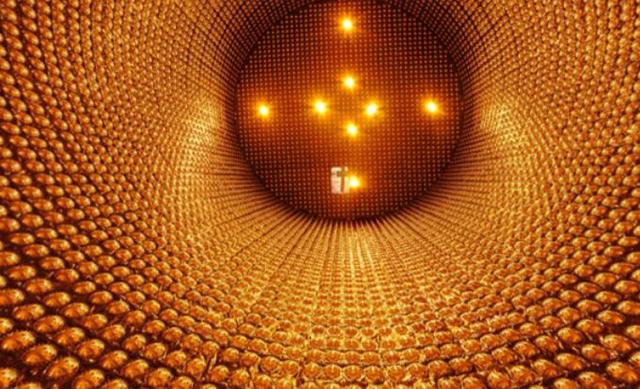
The project, known as the super kamioka neutrino detection experiment, is a 39.3m diameter, 41.4m high stainless steel cylindrical container of ultra-pure water buried deep in an abandoned mine shaft 1km deep in kamioka town, hida, gifu prefecture, japan.
The air is purified to ensure the purity of the water, and the ultra-pure water in the container is constantly circulated to remove all impurities that can be removed. The scientists believe that being 1 km underground, effectively protected from all kinds of disturbances on the earth's surface, and with the ultrapure water being almost completely transparent, will significantly increase the likelihood of finding neutrinos.

When a neutrino hits a quark in the nucleus, it produces electrons and muons (muons are leptons like electrons, with a mass of about 200 times that of an electron and a half-life of only 2.2 x 16^-6 seconds). These electrons and muons are extremely fast and can even exceed the speed of light in water, in which case cherenkov radiation is produced, thus releasing a very faint light signal.

To detect these light signals, scientists have set up 11,200,000 photomultiplier tubes (the golden spheres in the picture above) on the inner walls of this vessel, whose function is to amplify the light signal as much as possible (which can be up to 100 million times).
When in operation, these photomultiplier tubes are like 10,000 eyes "Staring" Into the darkness at the ultra-pure water in the container, quietly waiting for the slightest glimmer of light from a neutrino hitting a quark head-on from deep space.
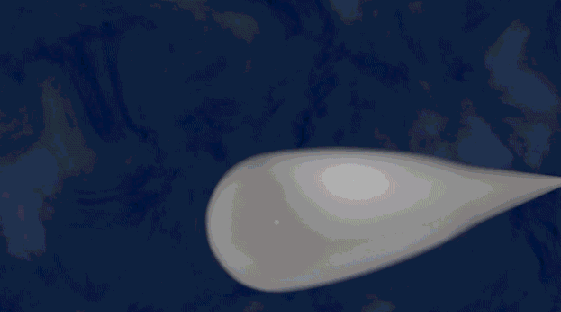
Such careful planning has not been in vain, as the project has already detected neutrinos several times and has since kicked off neutrino astronomy, for which japanese scientists have been awarded two nobel prizes in physics (in 2002 and 2015 respectively). Incidentally, the project actually had another purpose, which was to detect proton decay, although this goal was never achieved.

